planting shrubs - have I been doing it all wrong?
Ruth_MI
11 years ago
Related Stories

GARDENING GUIDESWhat's Wrong With My Plant? Leaves Often Hold the Clues
Learn how to identify common plant ailments by reading their leaves
Full Story
GARDENING GUIDES8 Deer-Resistant Elegant Evergreen Shrubs to Plant This Fall
Who knew that such beautiful shrubs could be deer-resistant?
Full Story
GARDENING GUIDESHow to Prune Your Flowering Shrubs for the Best Blooms
Less is often more when it comes to properly pruning flowering shrubs. Here’s what to do and why
Full Story
FALL GARDENING9 Deer-Resistant Flowering Shrubs to Plant This Fall
These exquisite shrubs will attract your attention but won’t tempt the deer that roam your neighborhood at night
Full Story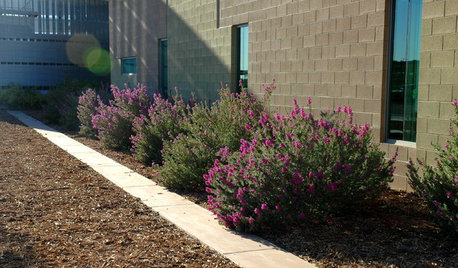
GARDENING GUIDESHow to Avoid Overcrowded, Overpruned Shrubs
Go for a more natural look that’s easier and less expensive to maintain by giving your plants the right amount of growing room
Full Story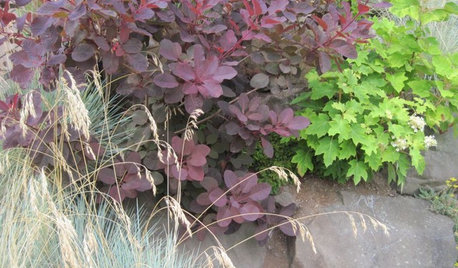
PURPLE FOLIAGE5 Purple-Leaf Majesties of Shrubs
Looking for beautiful depth and dynamism in your landscape? Just add purple
Full Story
TREESHow to Buy Healthy Trees and Shrubs
A healthy young plant with a strong form is more likely to do well in your yard. Here’s what to look for at the nursery
Full Story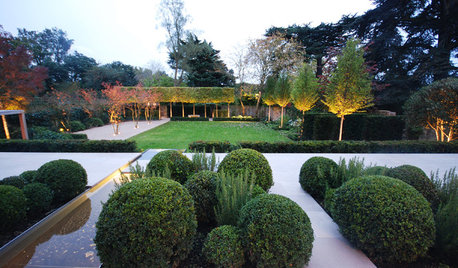
GARDENING GUIDES7 Ways to Rethink the Shrub
These versatile plants can do more than frame your home’s foundation or line an entry walk
Full Story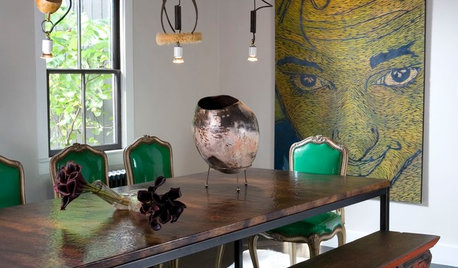
LIFEYou Said It: ‘Every Room Should Have the Right Wrong Thing’ and More
This week on Houzz we were inspired to break out of catalog styling ruts and let our design freak flags fly
Full Story
SMALL HOMES16 Smart Ideas for Small Homes From People Who’ve Been There
Got less than 1,000 square feet to work with? These design-savvy homeowners have ideas for you
Full Story





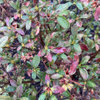

brandon7 TN_zone7
brandon7 TN_zone7
Related Professionals
Pottstown Landscape Contractors · Surprise Landscape Contractors · Wakefield Landscape Contractors · El Segundo Landscape Contractors · Fuquay-Varina Landscape Contractors · Lantana Landscape Contractors · Mission Viejo Landscape Contractors · New Brighton Landscape Contractors · Riverview Landscape Contractors · 07920 Landscape Contractors · Brooklyn Window Contractors · San Juan Capistrano Window Contractors · Roselle Park Window Contractors · San Jose Driveway Installation & Maintenance · Hull Decks, Patios & Outdoor EnclosuresRuth_MIOriginal Author
Embothrium
ken_adrian Adrian MI cold Z5
Embothrium
Ruth_MIOriginal Author
brandon7 TN_zone7
Embothrium
whaas_5a
gardengal48 (PNW Z8/9)
whaas_5a